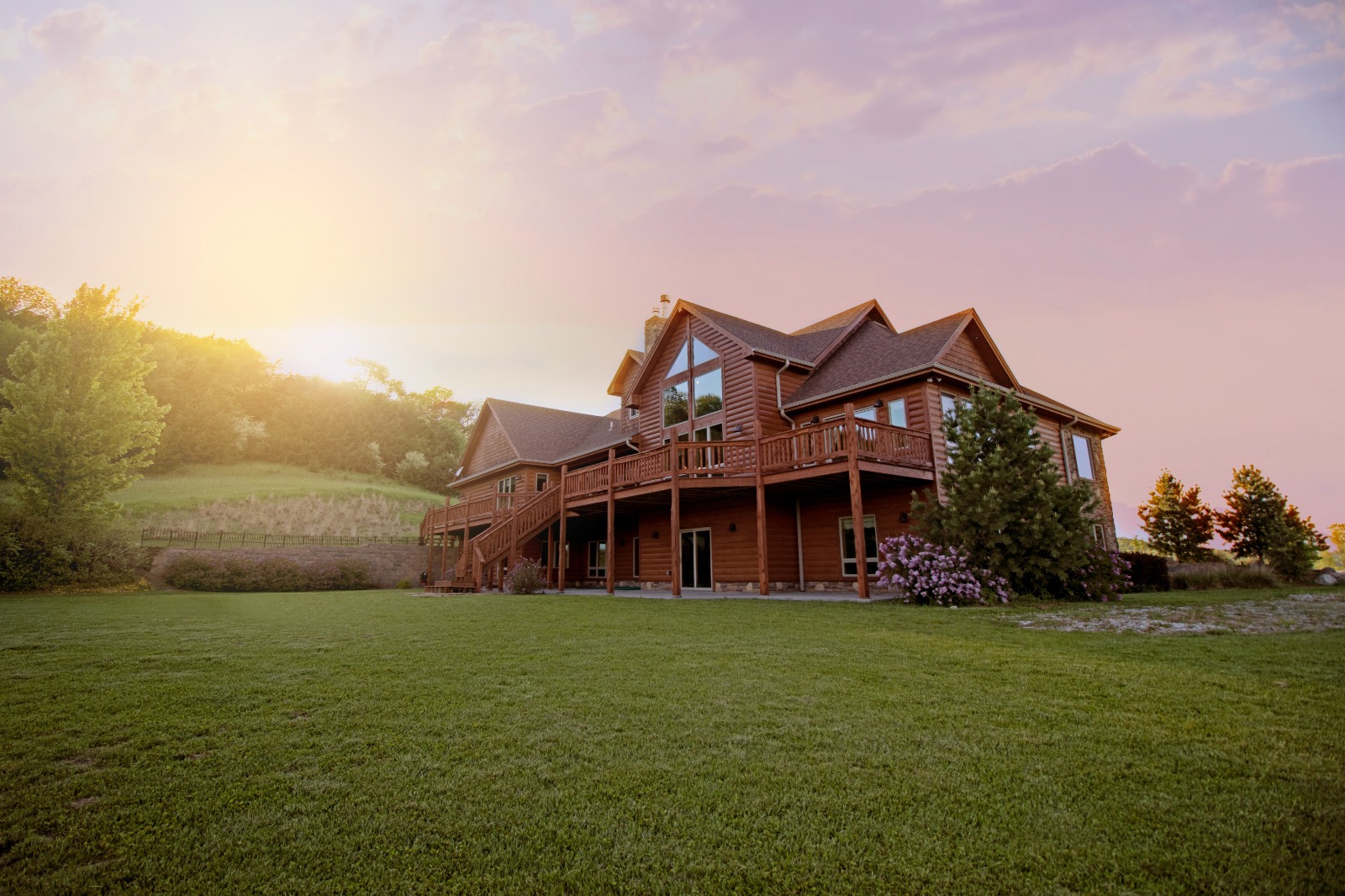
Chalk another one up for technology!
In our How Money Works workshops we discuss the concept of “Pay Yourself First . . . Your FUTURE Self.”
Well, now we find out that researchers from Stanford’s Virtual Human Interaction Lab, UCLA and Microsoft wondered what would happen if connecting with your future self via virtual reality might change how much you save for retirement. As it turns out, it does: their research found that participants who were greeted by their “future self” in VR allocated over twice the retirement savings when compared to viewing their present-day image.
VR has the potential to shift perspectives, create empathy and enable lasting behavioral changes. In this example, engaging with an “Older Me” created a connection between our present and future, which altered present-day decision-making.

WSJ Retirement Expert Maddy Dychtwald details research using virtual reality which affected how much test subjects decided to save for retirement. PHOTO: THE VIRTUAL HUMAN INTERACTION LAB AT STANFORD UNIVERSITY
The Wall Street Journal – Nov. 4, 2016 by Maddy Dchichtwald
Maddy Dychtwald is an author and co-founder of Age Wave, a think tank and consultancy.
What if you could travel into your own future to see what your life will look like in 20, 30 or even 40 years? Well, it turns out that virtual time travel may just be the best tool to motivate us to save more effectively for retirement—starting at a younger age.
We all know about the retirement savings crisis we face in this country. People are living longer than ever. The U.S. has the lowest savings rate of any first-world country. And most employers have migrated from defined benefits to defined contribution pension plans. It’s becoming obvious that the majority of us will be personally responsible for funding the bulk of our retirement. We know this, but we’re not doing a very good job of acting on it. Many experts believe that a large part of the problem could be psychological: When you’re in your 20s and 30s, you can’t even imagine your life at 65 or 95. If you can’t imagine it, chances are you’re not planning for it.
So how do you motivate people, especially millennials, to think about saving for their future retirement? Professor Hal Hershfield of UCLA’s Anderson School of Management partnered with Daniel Goldstein of Microsoft Research, Jeremy Bailenson, director of Stanford’s Virtual Human Interaction Lab, and several other Stanford researchers to see if connecting people with their future selves could affect their willingness to save for that future self. They took photos of college-age research subjects and digitally altered half of them to create virtual avatars at age 65—complete with jowls, bags under the eyes, and gray hair.
The research subjects were given goggles and sensors and were dropped into virtual reality, where they faced a mirror reflecting either their current self or their future self. As part of the experiment, they were each given $1,000 to spend. They could either buy a gift for someone special, invest in retirement, plan a fun event, or put money into a checking account. Those research participants greeted by their aged avatar put more than twice as much money toward retirement as those who saw their contemporaneous selves. To check this outcome, some research participants were shown the aged avatars of other test subjects to see if that impacted their choices. It didn’t. Only those who saw themselves at retirement age were likely to invest in their future.
The lesson is, if you want to transform your future, you may have to walk in your future self’s shoes. As Jeremy Bailenson has said, “Virtual experiences are very intense and can have a deep and long-lasting behavioral change in the real world.” Today, virtual-reality tools are being developed to offer experiential solutions to our nation’s lack of retirement planning.
These tools are about more than numbers and projections—they provide a visceral experience that might even immerse you in several different future scenarios, so you can experience, for instance, what it’s like to live with limited funds at 65, 75 or 80. Virtual reality holds the potential to introduce us to our future self for a few powerful minutes, inspiring us to take steps now to ensure that future is bright.
Coming in 2022 live orientations on our services . Please register to preserve your spot.
Search
Categories
HELP US HELP OTHERS
SIGN UP FOR OUR NEWSLETTER
